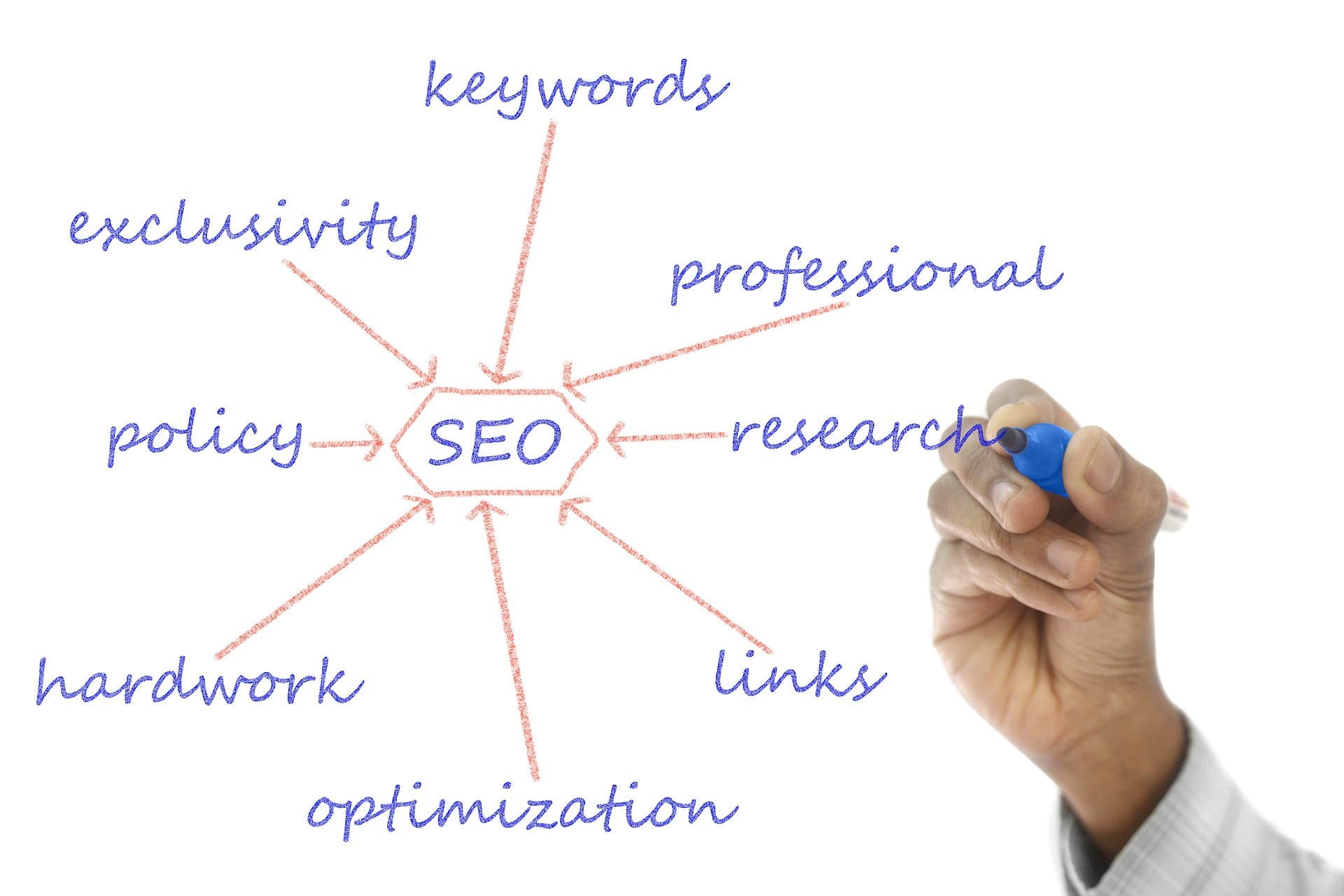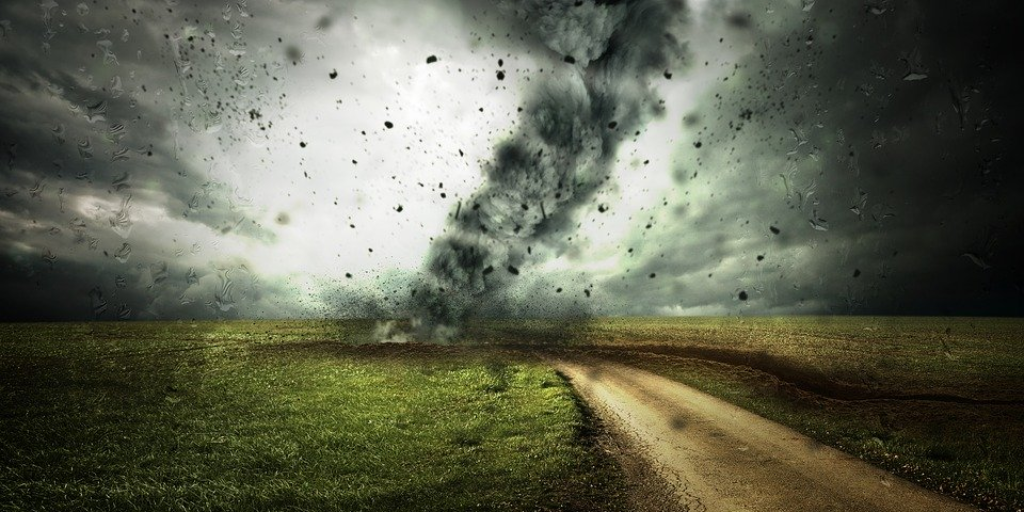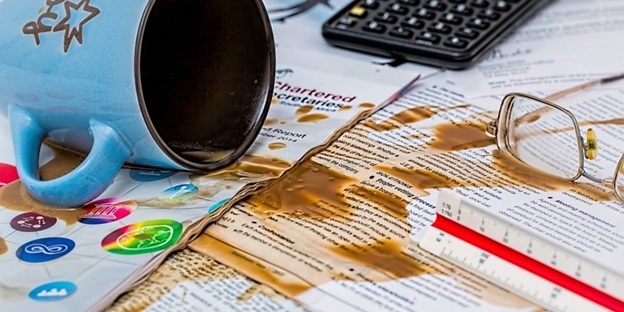Google has updated its image search interface one year ago to enhance visual content and ultimately made it easier for searchers to look up and discover products. If you do a quick search and go to ‘Images,’ you will see that ‘View Image’ has been changed to ‘Visit.’ This allows the user to immediately go to the page where the image is located.

As a result, analytics platforms have started recording more sessions that are driven by image search. Moreover, there’s been an increase in content visibility for the pages where those images are found. Apart from enhancing user experience and supporting content, images are now major traffic contributors. This means that image optimization is an opportunity that should not be ignored if you want to boost traffic.
If your website is not optimized for Google Images, it could be missing out on opportunities to rake in organic traffic. A lot of people rely on image search to visually explore and discover web content. According to Moz, image search now represents about 27 percent of queries in the top 10 web search properties in the US.
Optimizing images is not a complex task. The easiest way to do it is by naming your image files properly—preferably with carefully picked keywords without the stop words and separating them with hyphens. For example, instead of naming an image something generic like ‘IMG-198609,’ rename it to something that best describes what it is.
There are other ways to properly describe and name images to optimize them. Here are some tips:
Image title and alt attributes
Look into the <img> HTML tag to build the relevancy of the page, enhance the user experience, and boost other factors that can help your page rank. When dealing with image links, the attributes must provide context to the search engines pertaining to the destination page, so it can rank further. Write attributes concisely, while making sure that they are grammatically correct. Keep in mind that alt attributes can be played out loud by an accessibility software, and title attributes appear as someone hovers over an image. Avoid stuffing them with keywords.
Product images and e-commerce
Consider adding model numbers, ISBNs, and SKUs to the alt attributes to cater to people who are looking up specific products. Take note that keywords in a surrounding text area and the on-page image caption also help search engines derive more context for the images to boost ranking.
HTML title tags
Image search results are already displaying these tags from the host page, so make sure that they are relevant to the image.
Image file format, size, and dimensions
The size of the image file can greatly affect the loading time of pages. JPEGs are typically more SEO-friendly (compared to PNGs) because they are better compressed, so choose this file type if you do not need a transparent background.
If you need to provide computer-generated, high-resolution graphics (like logos), consider using the SVG vector-based file format. Just make sure that the server minimizes, caches, and compresses it. Use the GIF format only for simple animations that can do without wide color scales. If you need to display lengthy and large animated images, consider using the true video format to enable schema and video sitemaps.
The actual file size, which, ideally, should be in Kb, matters in image optimization. Do your best to save image files under 100Kb. If you are using a bigger file size, save it as a progressive JPG so it can progressively display as loaded.
When dealing with the dimensions of the image, make sure that the width does not exceed that of the widely used desktop screen solution (i.e. 2,560 pixels), or the browser will scale it down. Moreover, make sure that the CSS can make the image responsive so that it automatically adjusts to the window or screen size. However, these will depend on your website’s visual needs. There are cases when you may need to save different versions of an image in various dimensions to dynamically serve the highly optimized image according to the screen. This can be automated with plugins or by applying <srcset> and/or <picture> elements.
If you need help with image optimization, contact SEOValley. We’ll audit your website and let you know what image optimization opportunities you can take advantage of.





